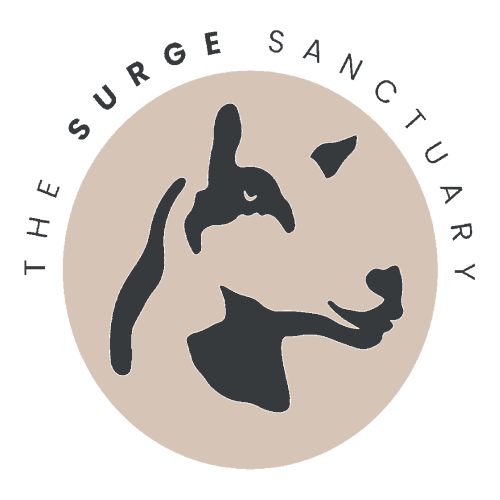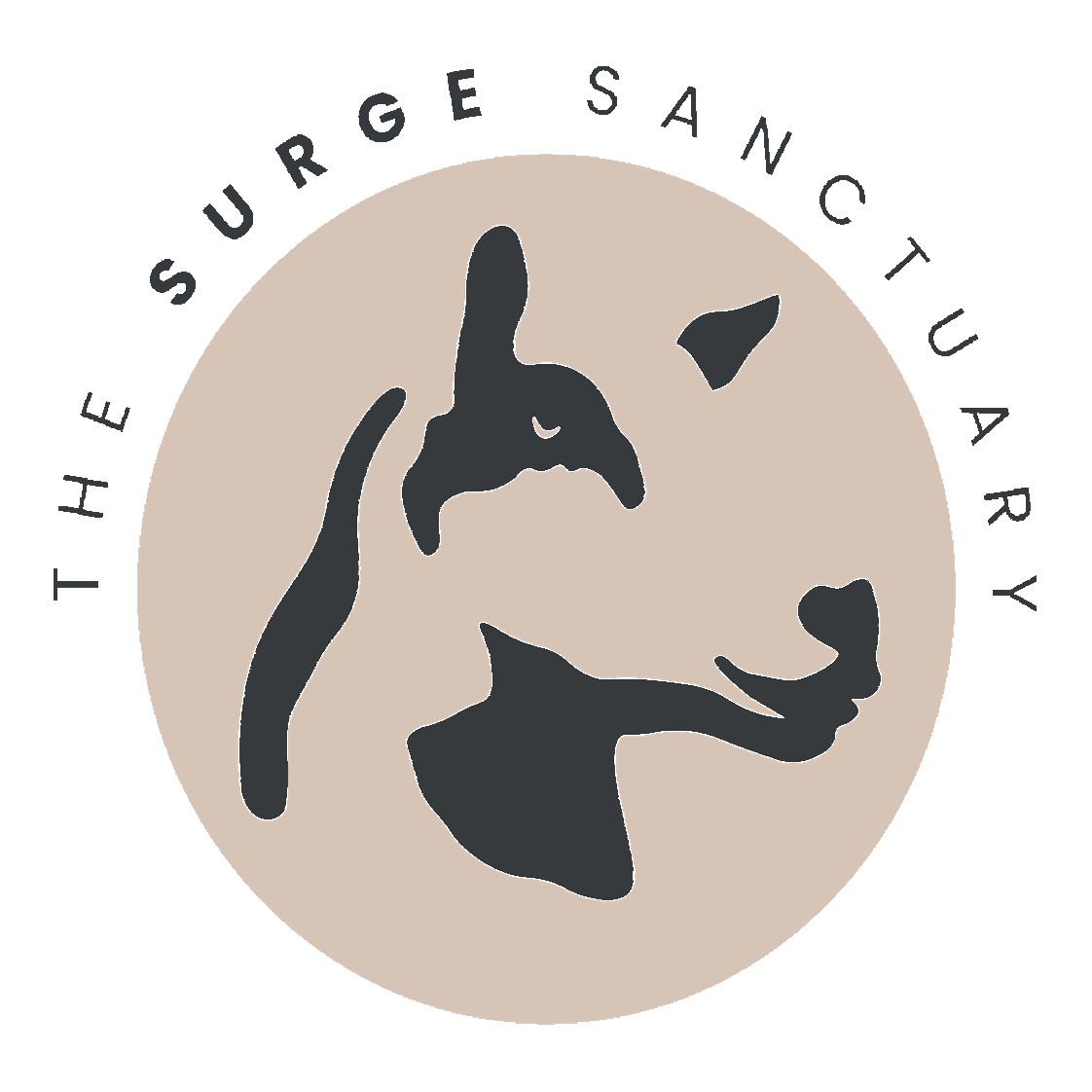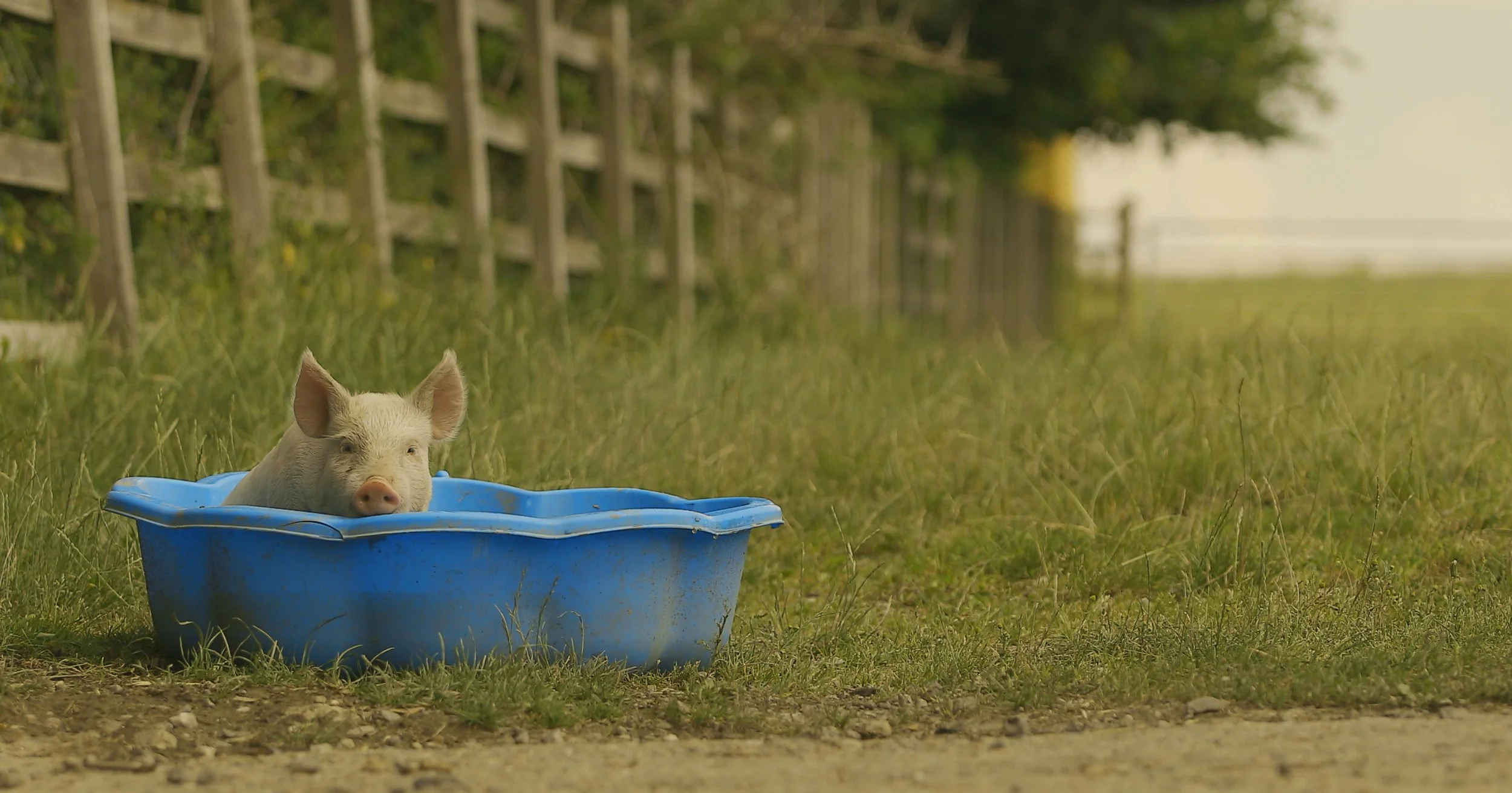When Pigs Escape: Q&A with filmmaker Jusep Moreno
We spoke to filmmaker Jusep Moreno about his debut documentary, telling the story of Matilda and her piglets following their dramatic escape from slaughter and rescue.
Q: Matilda and her piglets aren’t the first animals to have escaped a farm. Why did you decide to tell their story?
Yes, you are right. We could say that animals have tried to escape, or liberate themselves, from the moment we have imposed barriers on them and held them captive. Everyone should read books like Sarat Colling’s Animal resistance in the global capitalist era and Jason Hribal’s Fear of the animal planet, which are full of stories of animals resisting their captivity and exploitation.
At around the same time when Matilda escaped, 40 cows escaped from a slaughterhouse in the US, and two of them were saved. The reason why I could tell Matilda’s story, but not that of one of those 40 cows, was simply a matter of practicality. Matilda had escaped from a farm that was relatively local to me, which meant I could commit to this project without having a production budget.
Apart from that, my motivation to focus on Matilda came from a desire to amplify her individual story – I wanted her plight to remain in the public attention for as long as possible and making a documentary sounded like a good way to create a record that people will be able to refer to in the future. On the other hand, by covering their story I wanted to highlight how this is one of those examples of animal resistance.
Often, we mistake other animals for passive subjects who don’t care about what happens to them, when in reality they have degrees of agency and can take matters into their own hands in specific situations. I think of the bull that jumps over the walls of the bullfighting arena or the fish that tries to come off the hook at the end of the fishing line. In all these examples, there is an attempt by these individuals to preserve their life and defy what humans want to do to them.
Q: How Matilda managed to escape in the first place is something of a mystery. Do you know any more about what she had to go through to find her freedom?
This is something I have tried to find out more about, but nobody seems to have the answer. All I know is that Matilda was living on a farm that keeps pigs outdoors temporarily, and it was thought that she must have crossed under the farm’s electric fence in some way, maybe by digging under it.
Q: In your film you often let the images speak for themselves without the need for narration or explanation, helping us to feel part of Matilda and her family’s journey. What was the inspiration for this concept?
The logic of this concept was to allow the audience to engage with the pigs in the most direct way possible and without intermediaries. I wanted to avoid the audience building a relationship with a narrator that tells them what they are seeing or how they should feel and think. Although the documentary does have narration at very specific points - with great performances by Antonia Whillans and Jane McDowell - the audience is invited to connect directly with Matilda and her piglets, to look at pigs and to listen to them as I followed them in their new life after being rescued.
Photo: Jusep Moreno
Q: Would you say that Matilda has changed at all since living at the sanctuary, and if so, how?
When I compare the footage of the first and last day that I filmed Matilda, the physical changes in her are very obvious. Now she isn’t nursing her piglets anymore and her teats aren’t swollen with milk – she looks really happy and healthy. And of course, she doesn’t have the ring in her nose anymore, which the farmer put to stop her digging.
In terms of her personality, I was surprised by how trusting, affectionate and chatty she was from the moment I met her. One would imagine that she would be traumatised at the beginning, as in the case of so many other animals who avoid contact with humans when they first arrive at a sanctuary, for example. In my experience, I wouldn’t say that Matilda’s personality has changed significantly.
Q: Pigs are fascinating, emotionally complex and have so much character. What’s a fun or interesting fact you learned about pigs while making this film?
Seeing Matilda with her piglets at the sanctuary was a great example of how caring Matilda was whenever she would sit down to nurse her babies, which happened very often. The meat industry tries to justify “farrowing crates” for mother pigs in order to stop them from crushing their piglets. That is just nonsense.
There is another interesting fact about pigs that I witnessed volunteering at Brinsley Animal Rescue a few years ago. I will always remember the day when I learnt that pigs can’t sweat as we do, so they need other ways to regulate their body temperature. They love to take mud baths and roll in the mud to keep themselves cool in hot weather, and to have an extra layer of protection from the sun. When Matilda first came to Brinsley Animal Rescue, she took several mud baths a day. However, the piglets were a bit more sceptical about the water, and it took them some time to jump in. Of course, they loved it.
Q: As your first documentary it must have been a huge undertaking. How did you learn the skills necessary to make this film, and what brought you to the medium of film in the first place?
Something that really helped me develop the skills and understand ethical issues around documentary filmmaking was reading books. As I was filming, I was simultaneously reading Making documentary films and videos, by Barry Hampe, Documentary storytelling, by Sheila Curran Bernard, and Directing the documentary, by Michael Rabiger. I read others too, but these became my loyal companions as I was filming and, later on, editing the documentary.
What brought me to film was a growing frustration I was experiencing in my main field, which is photography. I found that the photos I was taking – mostly of animals living in nature and in sanctuaries – weren't communicating what I intended to, and I wasn’t having the impact I was after either. I also found I was relying heavily on the image’s caption to make sense of the photographs. I didn’t like that because that made the text become the main element and then the image was simply there for illustrative purposes. However, with film, I think it offers me the possibility to express myself better and to be more faithful to the individuals I document: you can see them move, you can hear them. And in the cases where there is narration, that still feels to me like part of the video and not as detached as a photograph’s caption would. Don't get me wrong, I continue to take photos - I am just more selective in deciding if I should take a photo or not.
Photo: Jusep Moreno
Q: What was your vegan origin story? Did you visit a sanctuary or watch a documentary?
My vegan story doesn’t have a key moment when I decided I would do it, but I feel it was a combination of experiences that added up during a long period of time. Interestingly, one of them had to do with spending time alone photographing other animals.
A few years ago, I was taking lots of photos of birds in my local nature reserve, the Delta de l’Ebre Natural Park. On one of those days, I just thought that it was curious, to say the least, how I was being so devoted to photographing and telling stories of some birds while at the same time I was eating – and inevitably harming – chickens and other birds. And I would tell myself that maybe there was a valid difference that could justify this, but it was just a great inconsistency and something nobody ever challenged me to think about.
Q: In your opinion, what is needed to change people’s thinking about veganism and convince more people to reject animal exploitation?
This is a very difficult question and I don’t pretend to have the answer. One of my personal perspectives is that, considering the way things are at the moment, I think one of the most important things we need to do is to present veganism as a highly political matter. The general public is mostly educated about veganism by capitalist corporations who present the issue as a consumerist and dietary one, but what veganism is at its core is the challenging of our deepest ideas about how we have historically related to other animals - and to humans. It defies the logic of domination and the supremacy of humans over other animals. So, in my view, veganism shouldn’t be reduced and presented as changing what you eat or buy. We should talk about it as changing the way we see and think about other animals to respect them and do our best to relate to them in an ethical way.
In practice, I am of the opinion that we should focus on engaging with people on the political Left and those who are part of other liberation movements. These people already hold, at least partly, the same values that veganism defends (justice, anti-exploitation, anti-discrimination, equality). I think we need to be present in those spaces to show that veganism isn’t an isolated cause but part of a wider struggle for justice and liberation.
Q: Is there anything else you’d like to share?
I’d just like to say that although this documentary has been mostly a solitary endeavour, many people and organisations have jumped in along the way and have helped in great ways. I would only like to say a very heartfelt thank-you to all the people who supported the crowdfunding campaign or who have been involved in one way or another, and especially to Laura Goede for assisting during the post-production and to Anna Skeens for her roles as script supervisor and post-production and distribution assistant.
Finally, we have also had the support of wonderful groups like the Culture and Animals Foundation, A Well-Fed World, Animal Justice Project, the UPF Centre for Animal Ethics, as well as Brinsley Animal Rescue and Surge Sanctuary.



